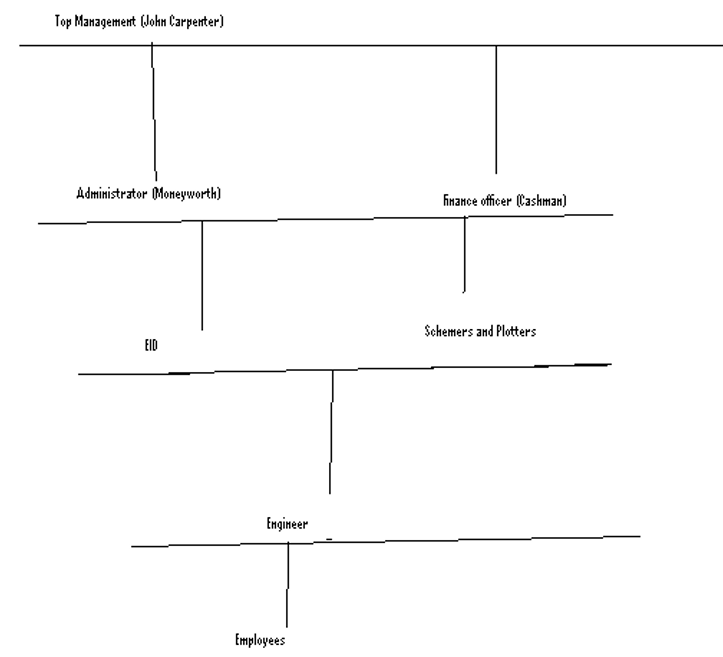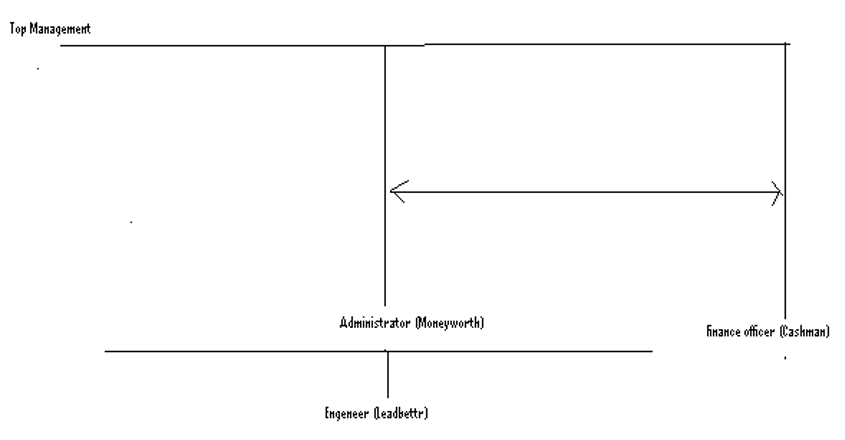Introduction
The ‘Custom Woodworking Company’ is an average-sized traditional furnishing and cupboard manufacturing firm; with its head office and a large place site at the Industrial Estates. Based on this, this company is headed by Ron Carpenter who is old but his wife is a hardworking entrepreneur who because of her younger age as compared to the husband; efficiently manages the company. In this case, this company was started in 1954 and has since achieved a status for pleasingly intended and well-made furnishings; using the introduced hardwoods and native softwoods.
Opportunities for expansion
It can also be argued that this company had opportunities for its expansion. Based on this, in the year 1989, there was a small bang in a profitable building in South-Western B.C. which had a likelihood of the main airport extension. Additionally, there were free-trade chances at the south of the boundary where Woody’s executives were convinced on the extension of their business. In this case, the company did not relocate even though the company’s production effectiveness was being thwarted by a lack of space.
It can further be seen that the company acceding to Cashman and Moneysworth did not want to incur the cost of transacting the property and any interruption that would have been caused to the manufacturing in the process of relocation. Importantly, if the Woody Company considered this expansion; it could have increased its production because the pace of production would have been large.
Contract administration
It should further be noted that contracts in a company should be organized in a priority order where the most important ones which yield many profits; are put as a priority. From the case of Woody Company, the south-western contract would have been considered as a profit to the company since it would have increased the production space thus; expanding the firm. On the other hand, a contract should be tendered on just the grounds putting into consideration the price factor in decision making.
Further, a company should consider whether the contract tendered would affect the works implicated in the business, employment, and capability to take on other new production opportunities. On the other hand, the significance of the customers to the contract should be considered. In this case for effective tending, a company needs to look keenly at what is required by the clients. After a company had realized that the contract is reasonable in terms of the costs and skills required, it compiles a tender submission considering the stated deadlines.
In addition, contract administration engrosses those actions executed by the administration officials after giving of a contract. In this case, agreement administration helps in deciding how well the administration and the outworking are executed to meet the necessities of the contract. Based on this, contract administration includes all transactions between the administration and the contractor from the time the contract is given; until the work has been executed and acknowledged or the contract ended; reimbursement made and disagreements resolved.
Further, at the meeting in the Woody Company, it was agreed that 25% of the existing manufacturing space would be added. Still at the same meeting decisions were made that, the company would have several renovations like the renewal of the offices of the president and the administrative vise president. In this case, after calculating all the expenses with the exclusion of office renewal; the sum was estimated at $17 million. Based on this, Ron Carpenter accepted to give the company a financial statement of approximately $17 million a complete utmost; for all planned work and the aimed date for manufacturing was set to be eighteen months from then. From this commitment of the budget, this came to be known as the Woody 2000.
Relationships in the Woody Company
In the below communication chart, the real relationships in the Woody Company were between Woody, Experts Industrial Developers (EID), Schemers and Plotters; the engineer, and the rest of the employees. It can also be argued that Ledbetter was more qualified in programming semi-automatic manufacturing equipment which was an asset to the company. In this case, Ledbetter should have been left to lead the project; since in the first phases, he had made good progress in the required manufacturing line control software program. On the other hand, Ledbetter lacked training and knowledge of some concepts like ‘project life-cycle and control concepts. Based on this, training and experience in these areas would have helped him to know about the procurement of the production.
- Top management -Moneyworth (administrator)-Cashman (finance officer)-Leadbetter (engineer)

It can further be argued that; the Woody 2000 Company should be communicated through staff who serve in managerial and decision-making capacities. In this case, the communication techniques should center on print and official, purposeful individual communication to make sure that every member of the company gets the information. Based on this, communication within the Woody Company should be evenly comprehended and each company agent made the main player in the deliverance of communication. On the other hand, the communication of the Woody 2000 plan should be done when it has been discussed and agreed on by the representatives.
It should be noted that during the execution of a plan in a company there is coordination between the key players in that company. In this case, in the execution of Woody 2000 coordination of the managerial and executive officials is crucial where every key player in the company should be aware of the execution of the proposed plan. Additionally, the company’s chairman (Woody) should be involved together with the finance director for efficiency.
It is of importance to note that, neither Moneyworth nor Leadbetter had organized significant planning for the completion. In this case, a good baseline plan would have helped in making up time, and hence the already programmed power and other useful connections would have taken place as prepared.

Further, it should be noted that, if a plan does not meet the planned close date; one is supposed to optimize the preparation to meet this close date which would result in changing the expenses and scope. Further, project plans should be kept especially financial records indicating how money has been used and what is remaining. In this case, these records should be in electronic forms like software.
Fixed expenses
It can be seen from the Woody Company that, the EID quoted fixed expenses of $20 million as they thought that the company would need substantial assistance with their project planning and allowed for various risks. In this case, the EID’s position was reasonable as a project planner needs to cater for uncertainties, and also considering the Woody Company; there was a need for help in project execution. Additionally, the Woody Company realized that they had trouble with expenditure when the expenses exceed the proposed budget; as the project was only at 85% of execution. In this case, this resulted in the usage of money for every problem to ensure that the plan was fully executed. This forced Cashman to look for an extra line of credit in project funding.
It can further be argued that to control the costs of a project; there should be cash flow approximation to offer the baseline orientation for succeeding project supervising and control. In this case, the project budget should be considering the current price fluctuations. On the other hand, expenditures should be made by the planned budget.

It can be seen that the EID handled their risks by increasing the expenditures supposing that the Woody Company would require help in planning their project and also including some expenditures for risks. Based on this, the EID failed because they increased the company’s budget for the project which led to its failure. On the other hand, the EID should have budgeted for the project by the profit it would bring; and also the available funds at the moment to avoid running out of funds.
It is of importance to note that, Woody was surprised since the new machinery was underused. On the other hand, their manufacturing confidence was receded and at the acme time, some personnel openly expressed their view that the over-supply of the money-making room could have been predicted even before the execution of the project. Based on this, to respond to these surprises; the project should have been optimized to meet the close date. At the same time, a more appropriate project which could have corresponded with the company’s budget; should have been initiated.
Conclusion
As a result of these surprises, Woody’s president Emelia held on to the project management consultant Easley to carry out a post-project evaluation. The impact of this was that John Carpenter was to blame for his adverse order with the employees and also for the introduction of the new-fangled and needless complex thoughts.